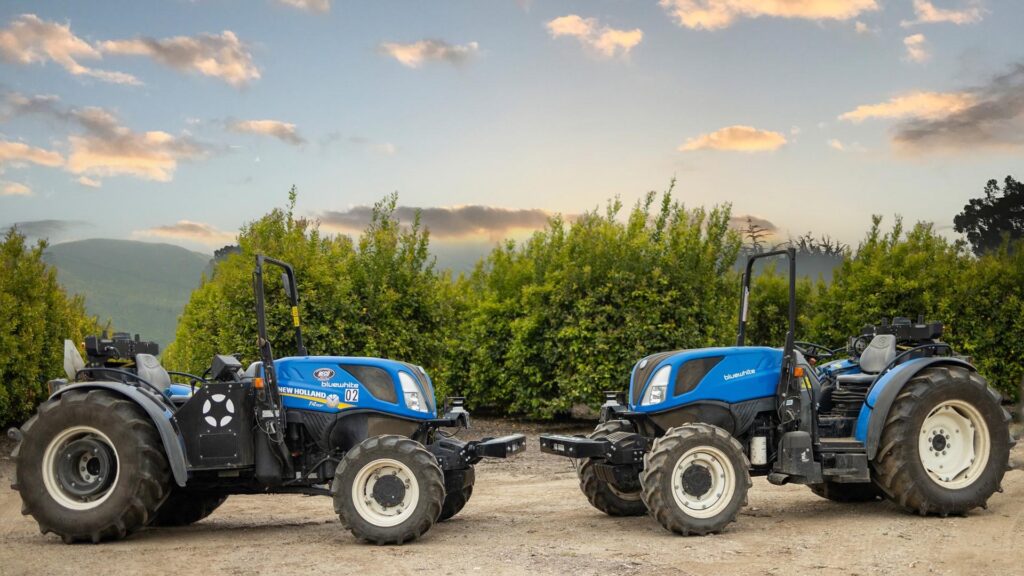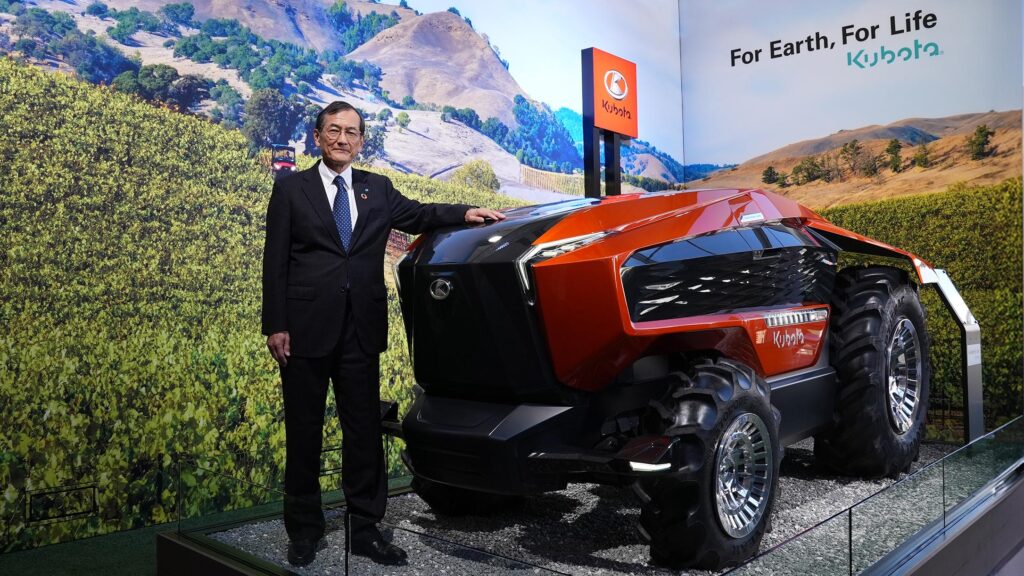In the vast, golden fields where tractors once rumbled and farmhands toiled under the scorching sun, a silent revolution is taking root. Autonomous technology is steadily transforming agriculture, promising to redefine the landscape of farming and labor. As robots and artificial intelligence quietly merge with traditional agricultural practices, we stand at the precipice of a profound shift—one that could dramatically alter how we grow, harvest, and understand food production. This technological wave brings both excitement and uncertainty, challenging long-established rhythms of rural work and raising critical questions about the future of those who have historically fed the world. The fields of agriculture are transforming, with autonomous technology steadily replacing traditional farming methods. Robotic systems equipped with advanced sensors and artificial intelligence are now capable of performing complex tasks like precise planting, crop monitoring, and selective harvesting with unprecedented accuracy.
These technological innovations promise significant improvements in agricultural efficiency. Self-driving tractors can navigate fields with millimeter-level precision, reducing fuel consumption and soil compaction. Drone technology enables farmers to monitor crop health through multispectral imaging, detecting disease and nutrient deficiencies before human eyes could recognize potential problems.
Machine learning algorithms analyze vast datasets, predicting optimal planting times, irrigation schedules, and potential yield outcomes. These predictive models help farmers make data-driven decisions, minimizing waste and maximizing crop productivity. Specialized robots can now perform intricate tasks like strawberry picking, which previously required significant human labor.
However, the rise of autonomous farming technology raises complex questions about workforce displacement. Agricultural workers, particularly seasonal laborers, face potential job disruptions as machines become more sophisticated and cost-effective. Rural communities that have historically depended on manual labor might experience substantial economic shifts.
Emerging technologies also address critical labor shortages in agriculture. Many regions struggle to find sufficient workers for demanding harvest seasons, and autonomous systems could provide a sustainable solution. Robotic systems can work continuously, unaffected by physical fatigue or challenging environmental conditions.
Environmental sustainability represents another potential benefit. Precision agriculture enabled by autonomous technology can dramatically reduce chemical usage, minimize resource waste, and support more environmentally conscious farming practices. Targeted interventions mean fewer herbicides, optimized water consumption, and reduced carbon emissions.
Economic considerations remain complex. While initial investments in autonomous technology are substantial, long-term operational costs could decrease significantly. Small-scale farmers might face challenges adopting these technologies, potentially creating new disparities within agricultural ecosystems.
Global food security stands to benefit from these technological advances. Autonomous farming could help address increasing global food demands, improve crop yields, and create more resilient agricultural systems capable of adapting to changing climate conditions.
As autonomous technologies continue evolving, the agricultural landscape will undoubtedly transform. The integration of robotics, artificial intelligence, and advanced sensors promises a future where farming becomes increasingly precise, efficient, and responsive to complex environmental challenges.









